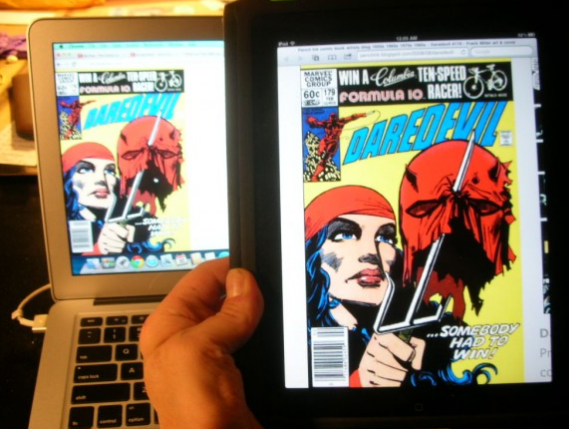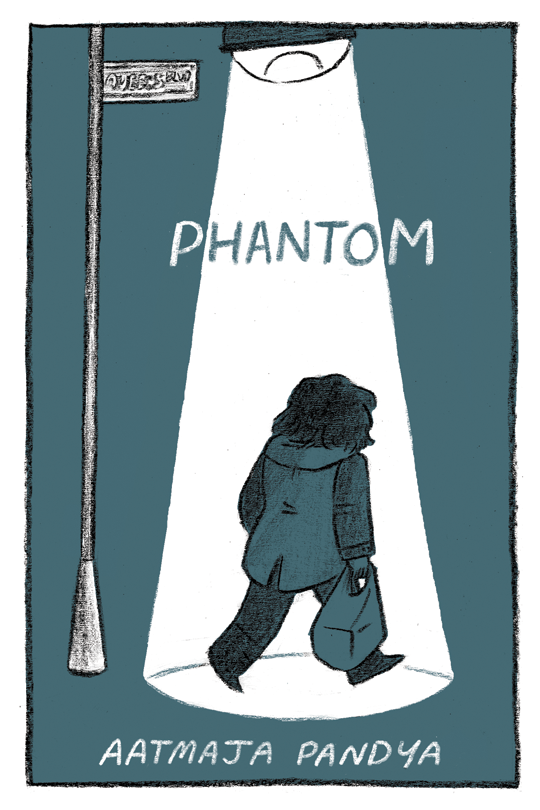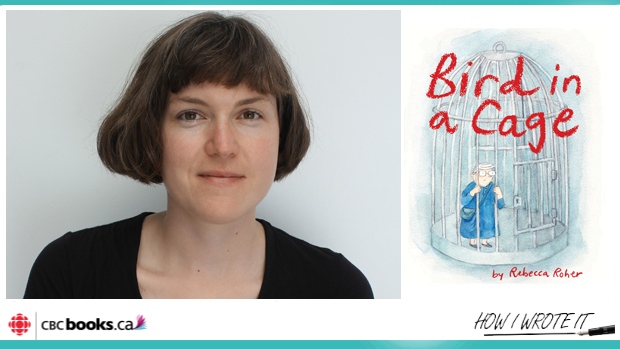Juan Fernandez here with: GG’s UNATTAINABLE; the PIX 2016 Bill Griffith interview; Format Fever from the vault; Aatmaja Pandya’s PHANTOM; Sarah Bowie’s FOURTEEN EURO’s IN PRIMARK; Lisa Hanawalt at Bitch; Gulag Casual Reviewed; Reflections on Rebecca Roher’s BIRD IN A CAGE.
—————————————————————————————————
On the site:
We’re excited to feature Unattainable by GG on the site this week. Made in 2015 by GG for Comics Workbook, Unattainable is a short story that explores the control and the nature of boundaries in digitally mediated life. This comic presents a stark glimpse at a personal disaster in a muted, corporatized society.
Read it all here.
—————————————————————————————————
Bill Griffith interviewed in Pittsburgh – 2016
CWTV interviews Bill Griffith, one of underground comics’ founding fathers, about his almost 50 years of making work. Bill is the creator of Zippy the Pinhead (among 3,407 other things) // Get Bill’s latest, the beautiful graphic memoir INVISIBLE INK.
—————————————————————————————————

From the Vault: Format Fever – More Notes
Frank Santoro: Format Fever. I’ve been thinking about scroll comics. Not so much done on a scroll, but presented as a scroll because they’re online.
What’s interesting about it to me is that reading the scroll format changes the way page reveals work. Often a left/right spread will be broken up so that the right hand side page is under the left hand side page.
—————————————————————————————————
Off the site:
Phantom by Aatmaja Pandya
Aatmaja Pandya‘s latest comic is a forty page autobiographic piece that explores gentrification, identity and belongingness. It’s about growing up in Queens, NY as a child of immigrants, and returning there as a young adult. Phantom is also available as a PDF and in print.
—————————————————————————————————

Fourteen Euro’s in Primark by Sarah Bowie
Sarah Bowie has just published a 40 page “exploration of an intense, often painful relationship through a series of bite-sized reflections”. Physical copies of Fourteen Euro’s in Primark are available for purchase through her Gumroad shop.
—————————————————————————————————

Lisa Hanawalt interview over at Bitch
Sarah Mirk and Lisa Hanawalt talk about her latest book, Bo Jack Horseman, and her personal life.
Sarah Mirk: How did you end up writing and drawing so much about food? Do you just love food because you’re human, or do you have some more personal connection to the restaurant industry?
Lisa Hanawalt: Yeah, I mean, it’s one of those big aspects of life that everyone has to deal with. We all have to sleep, we all have to work, we all have to have sex. Well, we don’t have to, but a lot of us do. And we all have to eat. It’s such a wide category, I figured there’d be plenty to explore there. When Lucky Peach asked me to start being a regular contributor, I was like, “Yeah, sure.” Each issue of their magazine has a certain theme. So every time I contribute, I can kind of think about what could possibly be related to that theme.
—————————————————————————————————
Review: Gulag Casual by Austin English
Bob Levin writes expansively on Austin English’s latest collection of comics, Gulag Casual, over on TCJ:
This open-minded “everyday”-ness has led English to an aesthetic vision which enlivens the rough structure of the comic book/graaphc novel format with the adventurism of fine art exploration. While nodding toward narrative and sequential linkage, he has more fun erasing connectives and scrambling expectations than enhancing them. “The urge to break the rules,” he told Frank, “(became)… completely irresistible.” The result is a daring and entertaining grapple with the question of how a shape – a blob, a splash, a serpentine, viscous line – with or without eyes or nose or buttons or wall hangings – can advance action, foster feeling, convey meaning. Words provide some befogged clarity – give the mind a kick of “Oh yeah! A bed! A blanket! Legs!” But the visual is what makes Gulag go.
—————————————————————————————————
Bird in A Cage by Rebecca Roher
Canadian cartoonist, Rebecca Roher‘s Bird in A Cage is a reflection on an often overlooked subject in contemporary comics making, senescence and coping with it. This is based on the short story of the same name that Roher did for The Nib. Canadian publisher, Conundrum Press asked Roher to expand the story into a graphic novel. She’s done so to great effect.
“Once a sharp, strong-willed and independent woman, Roher’s grandmother’s life took an unexpected turn when an accident left her with a brain injury, leading to early onset dementia. An unlikely protagonist, grandma was an elderly woman trapped by her deteriorating mind, aging body and the walls around her. This story illuminates the often overlooked narrative of a senior, her complicated history and inner life. Loveable and tragic, she is determined to get back to a familiar place, to be home again. Monica Johnson’s got a thoughtful review over on the Rumpus.” – Conundrum Press
Over on the Rumpus, Monica Johnson has put together a very thoughtful write up of the book.
Monica Johnson: Comics is a visual vocabulary, and Roher’s language is lovingly considered. Panels are demarcated without the use of traditional borders, or are “uncaged.” Clearly on par with her feelings about Grandma Wylie, her pencil lines reveal the pressure of the hand used to make them—intimate, compassionate, and wistful. Roher’s wispy and gestural pencil marks seem appropriate for illustrating a work of memory, which is how she classifies this story in its preface. Mutable. Erasable. Intentionally un-inked.
Reflections on writing Bird in A Cage
Roher describes the emotionally intense process of creating this tribute to her late grandmother. Roher’s reflections are documented on CBC Books’ How I Wrote It.
Roher: A lot of the time while writing this book, I would just be crying and feeling sad about not being home for when she broke her hip and I hadn’t visited her at the hospital. I was thinking about how lonely she must have felt and maybe that’s why she gave up hope and decided to die, or whatever happens when you die. I thought, “Why did I start doing this? This is so painful.” But somebody told me that as an artist, you have to feel things and then make other people feel them. Go through things and create something. Go feel things for others. I kind of felt I had a greater purpose and that helped me get through it.
—————————————————————————————————
until next time,
Juan





Hello there ,
I saw that you mentioned bitchmedia.org/article/artist-lisa-hanawalt-talks-hot-dogs-bojack-horseman-and-why-it-helps-give-anxiety-name here comicsworkbook.com/6202016-2/ and I wanted to share my gratitude concerning your work on the promotion of women.
I want to suggest you also share an important guide on women’s safety online which came out recently. It was written by women for women and empowers women to protect themselves online.
https://www.vpnmentor.com/blog/the-empowering-internet-safety-guide-for-women/
I liked the way they gave a few tips for each situation and actionable items.
Thanks for helping protect women online,
Jane